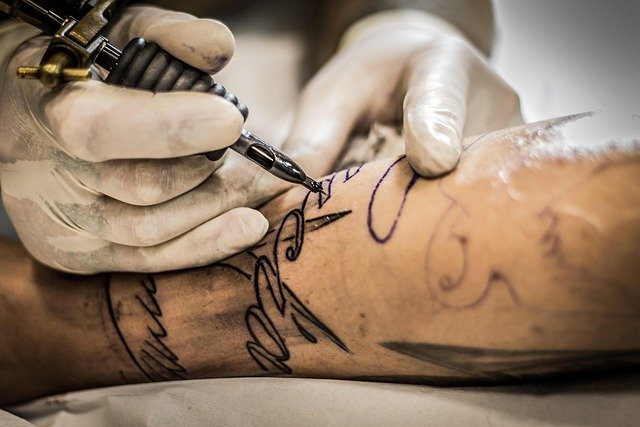Scaling Brand Packaging with Made-to-Order Adhesive Labels
Made-to-order adhesive labels let brands tailor packaging for product variations, seasonal runs, and ecommerce fulfillment without large inventory commitments. Custom labels and decals in vinyl or other materials help refine branding, support prototyping, and adapt to weatherproof and sustainability needs.

Scaling brand packaging often hinges on the ability to iterate quickly while maintaining consistent branding across channels. Made-to-order adhesive labels give businesses control over material, adhesive strength, dielines, and finish so packaging can match product needs—from a vinyl decal on a reusable container to a weatherproof label for outdoor products. These labels work across ecommerce fulfillment, wholesale shipments, and retail shelves, letting teams prototype, personalize, and refine packaging without committing to large printed runs.
How do labels and decals support packaging and branding?
Labels and decals are the visible language of packaging: they carry logos, regulatory text, batch codes, and visual cues that anchor branding. For small runs, custom stickers can be produced with variable data printing to include unique serial numbers or personalization for direct-to-consumer orders. On retail shelving, cohesive label design supports shelf presence; in ecommerce, durable labels ensure packages arrive looking professional. Thoughtful use of decals and labels helps maintain brand consistency while allowing product-specific messaging.
What material and adhesive options should you choose?
Material selection—paper, vinyl, polypropylene, or matte/clear films—impacts durability, appearance, and recyclability. Vinyl offers flexibility and weatherproof properties, while synthetic films resist moisture and abrasion. Adhesive choices vary from removable to permanent and high-tack formulations for textured surfaces. Choosing the right material and adhesive depends on product lifecycle, exposure to elements, and whether labels must run through automated applicators. Testing materials on final packaging prevents adhesive failures and helps scale reliably.
How does design and dielines affect printing outcomes?
Design and dielines define how a label fits a package: exact dielines ensure cut accuracy, prevent misregistration, and reduce waste in production. Clear design specifications—a bleed area, safe zone for text, and spot varnish placement—are essential for consistent printing. Partnering with printers that accept common dieline formats streamlines prepress. Good design also accounts for how printing methods (digital, flexo, or screen) influence color fidelity and texture, so brands can match packaging visuals across materials and production sizes.
How can personalization and prototyping speed product growth?
Personalization options—variable printing for names, batch-specific messaging, or limited-edition decals—enhance customer connection and support targeted promotions. Rapid prototyping with short-run digital printing lets teams test label sizes, materials, and adhesive performance before committing to higher-volume flexo runs. Prototyping reduces time-to-market for new SKUs and uncovers issues with dielines or substrate compatibility early, saving cost when scaling packaging operations.
How to balance sustainability with production needs?
Sustainable packaging choices can include recyclable materials, compostable label stocks, and adhesives designed to separate during recycling processes. Selecting materials with clear end-of-life pathways and minimizing label laminates or mixed-material constructions helps achieve better recyclability. Assess suppliers for environmental certifications and disclose material composition on packaging where relevant. Balancing sustainability with durability—especially for weatherproof or long-life products—requires careful material selection and sometimes trade-offs between recyclability and performance.
How can ecommerce and local services support scaling manufacturing?
Ecommerce fulfillment places distinct requirements on labels: barcode readability, durability through transit, and compatibility with automated applicators. Working with local services or regional printers can reduce lead times and shipping costs for frequent, small-batch runs. Local providers often support quick prototyping, custom dieline adjustments, and short-notice reprints. For larger volumes, hybrid strategies—using local runs for fast iterations and centralized production for steady-state SKUs—help brands scale while keeping flexibility.
Conclusion Made-to-order adhesive labels give brands a practical path to scale packaging while retaining creative control and operational flexibility. By aligning material and adhesive choices with product needs, specifying accurate dielines, and leveraging prototyping and local production when appropriate, brands can expand SKU ranges, support ecommerce demands, and integrate sustainability goals. Thoughtful label strategy reduces waste, improves brand consistency, and smooths the transition from prototype to production.






